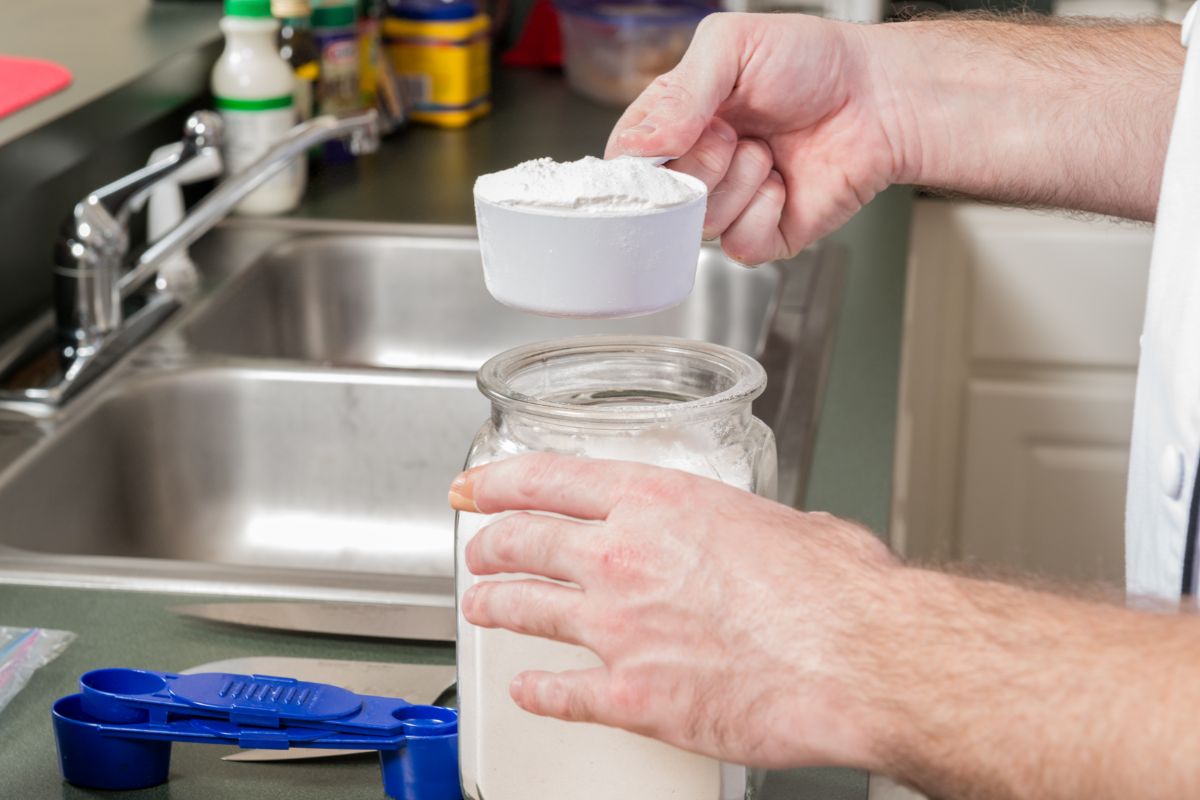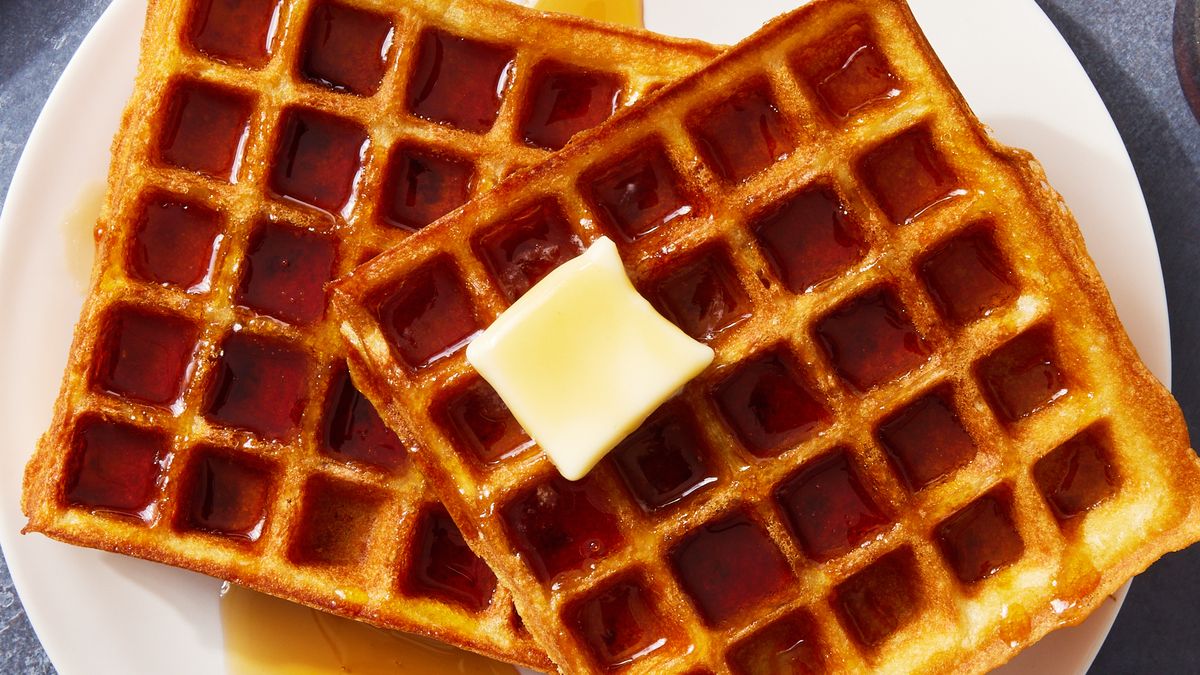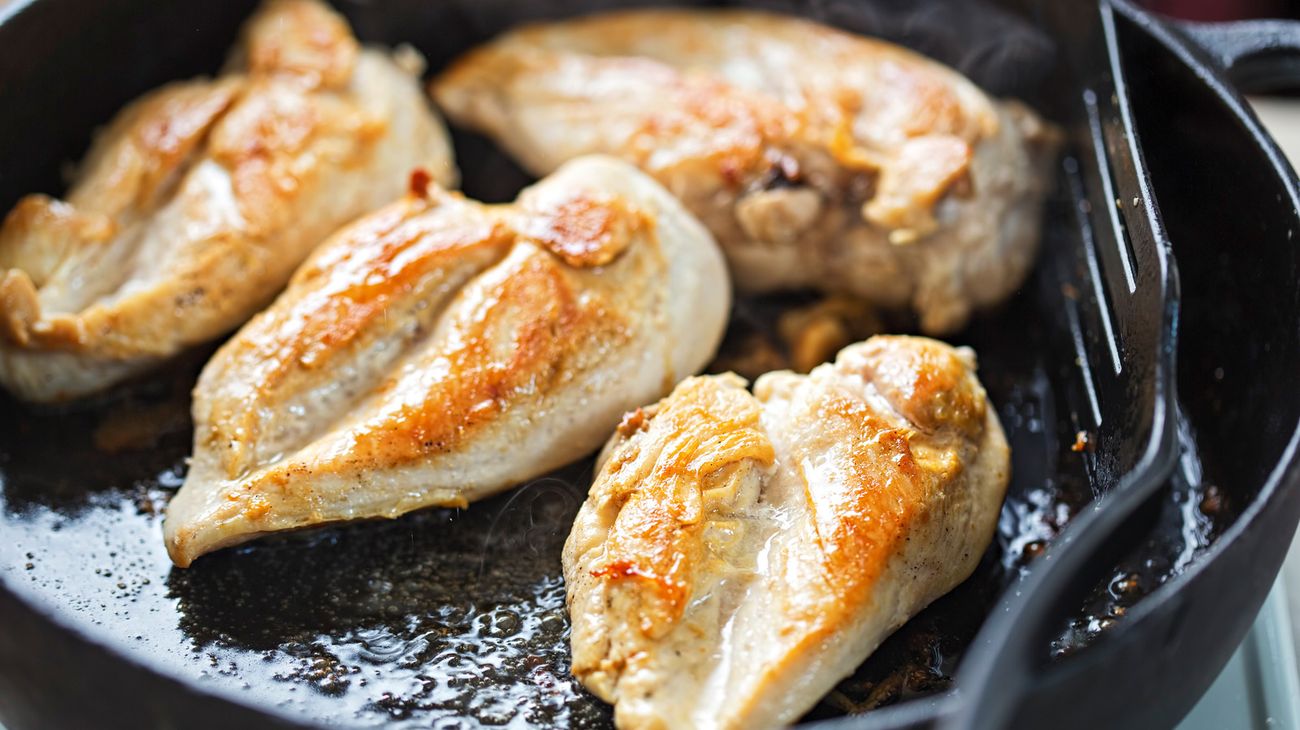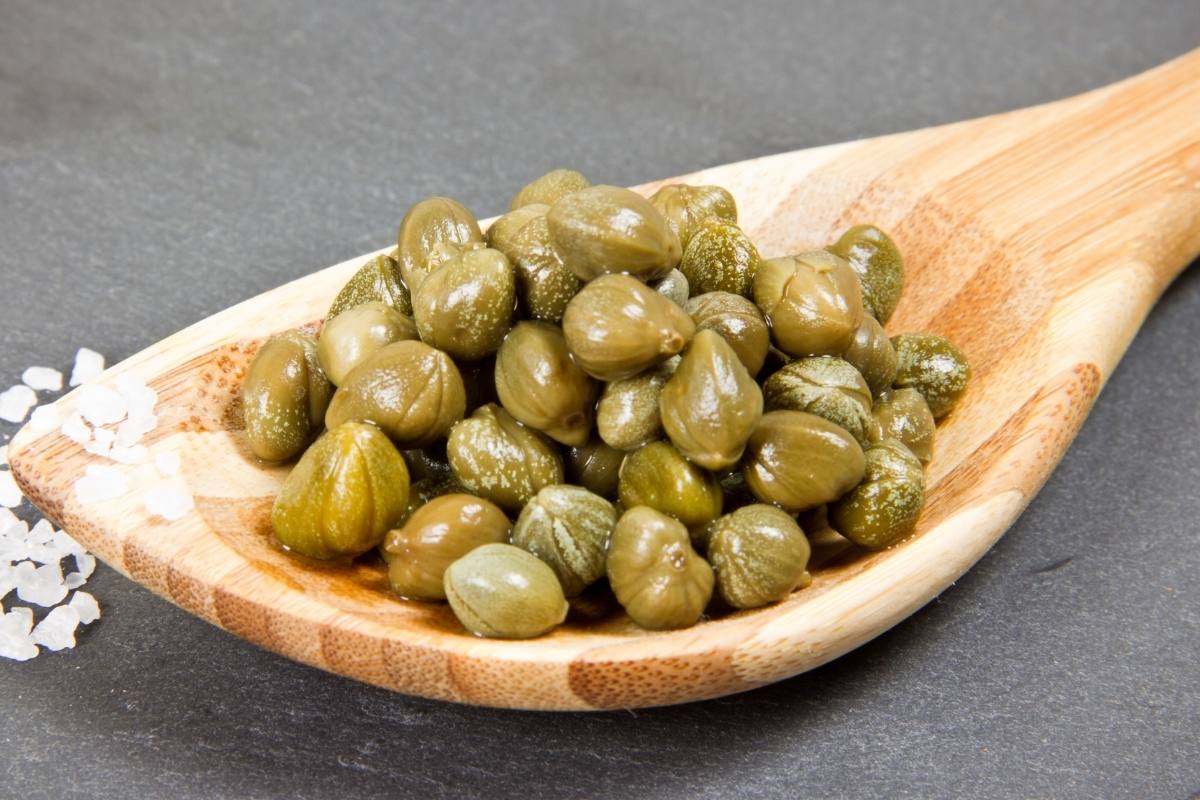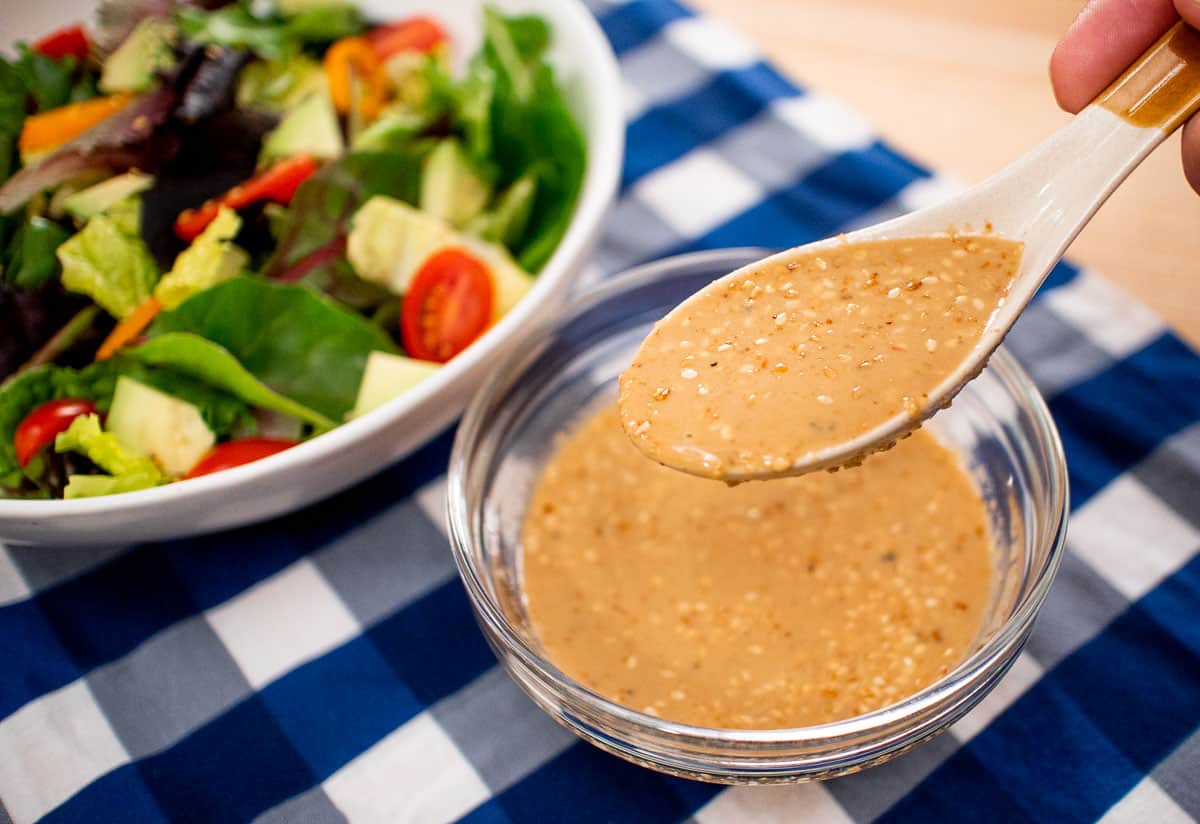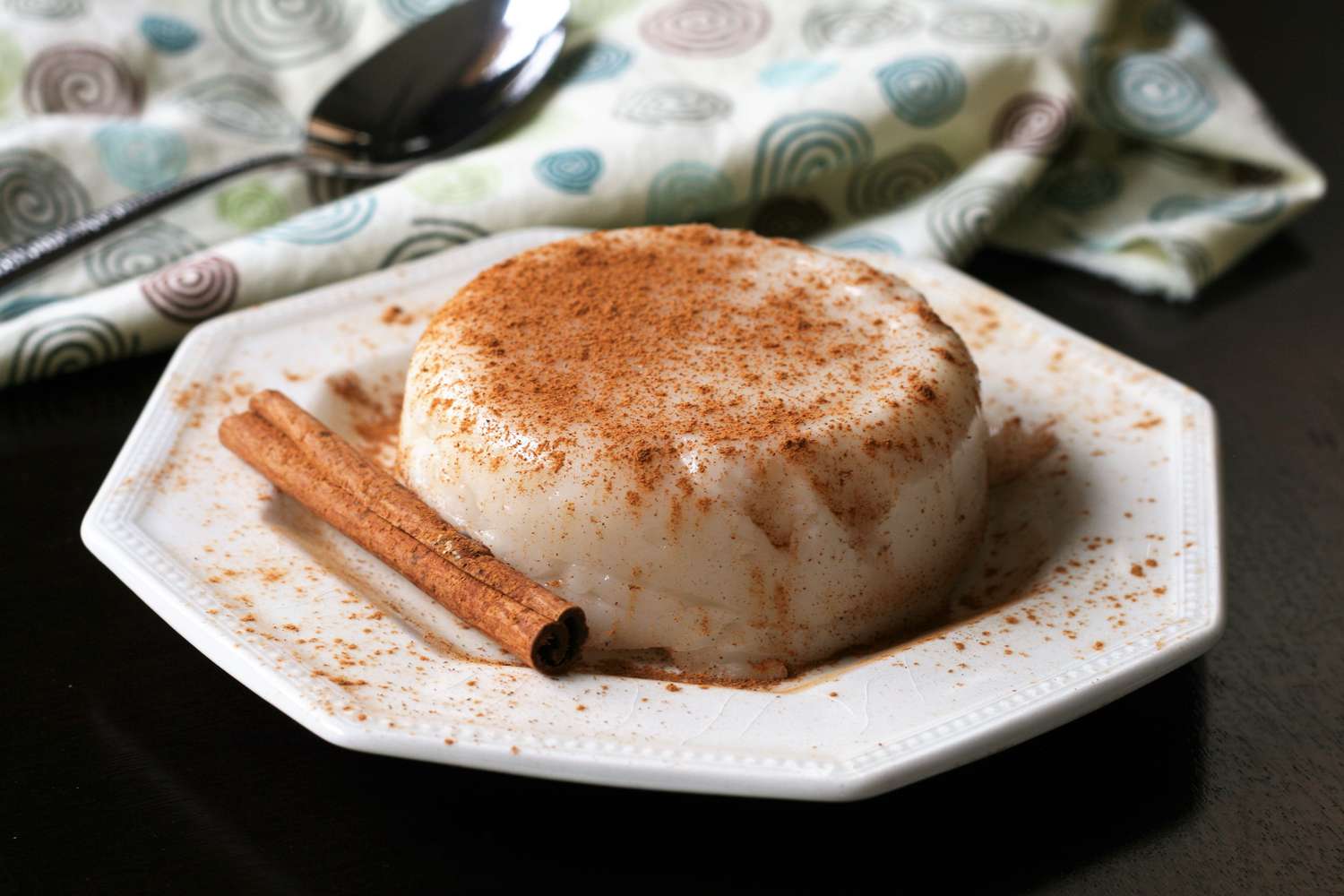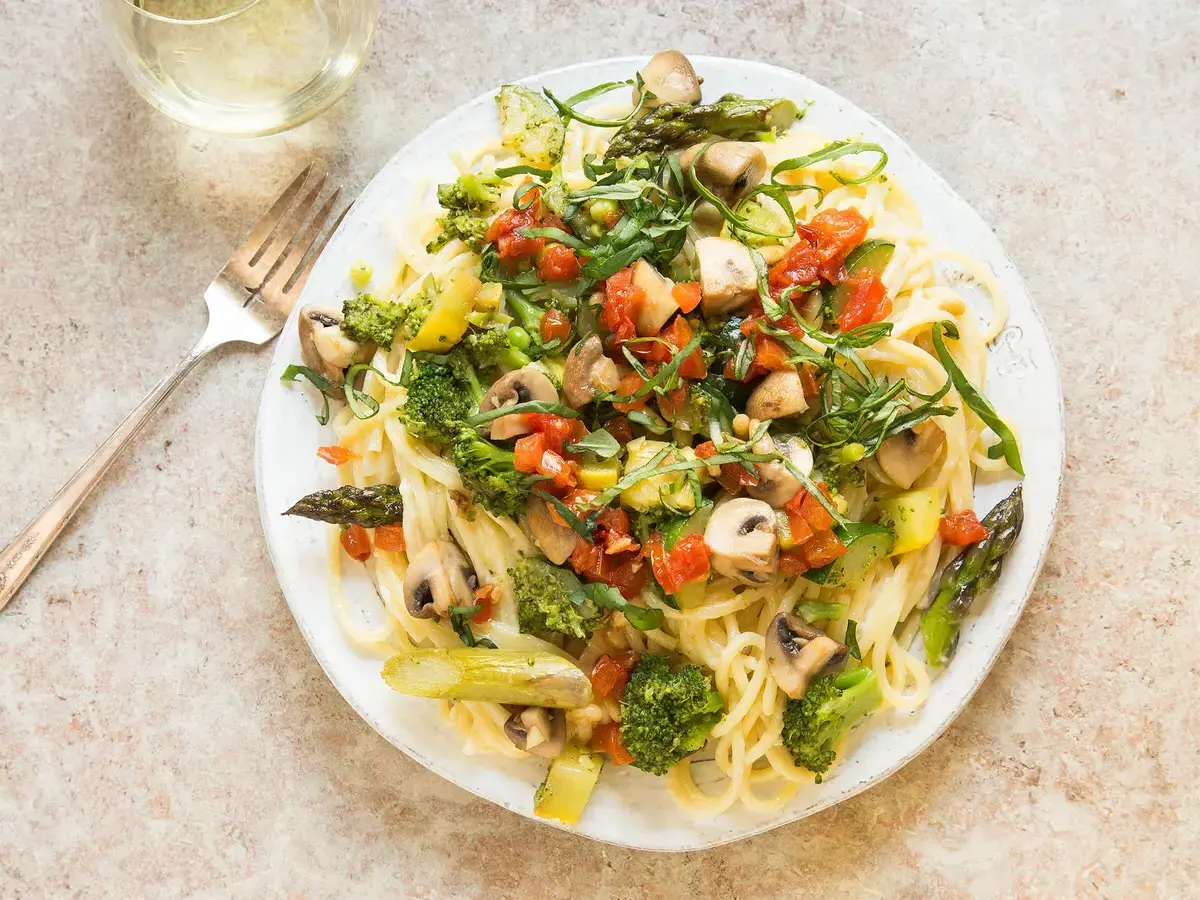Discovering the Delicious and Nutritious Squaw Bread
Have you ever heard of Squaw Bread? If not, you’re in for a treat! Squaw bread is a type of dark, rich, and flavorful bread that has been a staple in many households for generations. Let’s delve into the world of Squaw bread and uncover what makes it so special.
What is Squaw Bread?
Squaw bread is a type of bread that is typically made with a combination of whole wheat flour, molasses, and other wholesome ingredients. The use of molasses gives the bread its distinctive dark color and slightly sweet flavor. It is often enriched with seeds, nuts, and grains, adding a delightful texture and nutty taste to the bread.
The History of Squaw Bread
The origins of Squaw bread can be traced back to Native American traditions, where it was made using simple ingredients such as cornmeal, water, and natural sweeteners. Over time, the recipe evolved to incorporate a wider variety of grains and sweeteners, resulting in the delicious bread we know today.
Why is Squaw Bread Special?
There are several reasons why Squaw bread stands out among other types of bread:
- Rich Flavor: The combination of whole wheat flour and molasses gives Squaw bread a deep, rich flavor that is both satisfying and unique.
- Nutritious Ingredients: Squaw bread is often made with whole grains, seeds, and nuts, making it a nutritious choice for those looking to incorporate more wholesome ingredients into their diet.
- Versatility: Squaw bread can be enjoyed in various ways, whether toasted with a spread of butter, used as a base for sandwiches, or paired with soups and stews.
How to Enjoy Squaw Bread
There are countless ways to savor the deliciousness of Squaw bread:
- Toasted with Butter: Simply toast a slice of Squaw bread and spread a generous amount of butter for a delightful breakfast or snack.
- Sandwiches: Use Squaw bread as the foundation for hearty and flavorful sandwiches, pairing it with your favorite fillings such as turkey, cheese, and fresh vegetables.
- Dipping: Serve slices of Squaw bread alongside a warm bowl of soup or stew for a comforting and satisfying meal.
Conclusion
Squaw bread is a beloved type of bread that offers a unique blend of flavor, nutrition, and versatility. Whether you’re a fan of rich, dark breads or simply looking to explore new culinary delights, Squaw bread is definitely worth a try. With its rich history and delightful taste, Squaw bread continues to hold a special place in the world of baking and culinary traditions.
So, the next time you’re at the bakery or grocery store, be sure to pick up a loaf of Squaw bread and savor the wholesome goodness it has to offer!
Was this page helpful?
Read Next: What Is Sambuca Cream Sauce?
